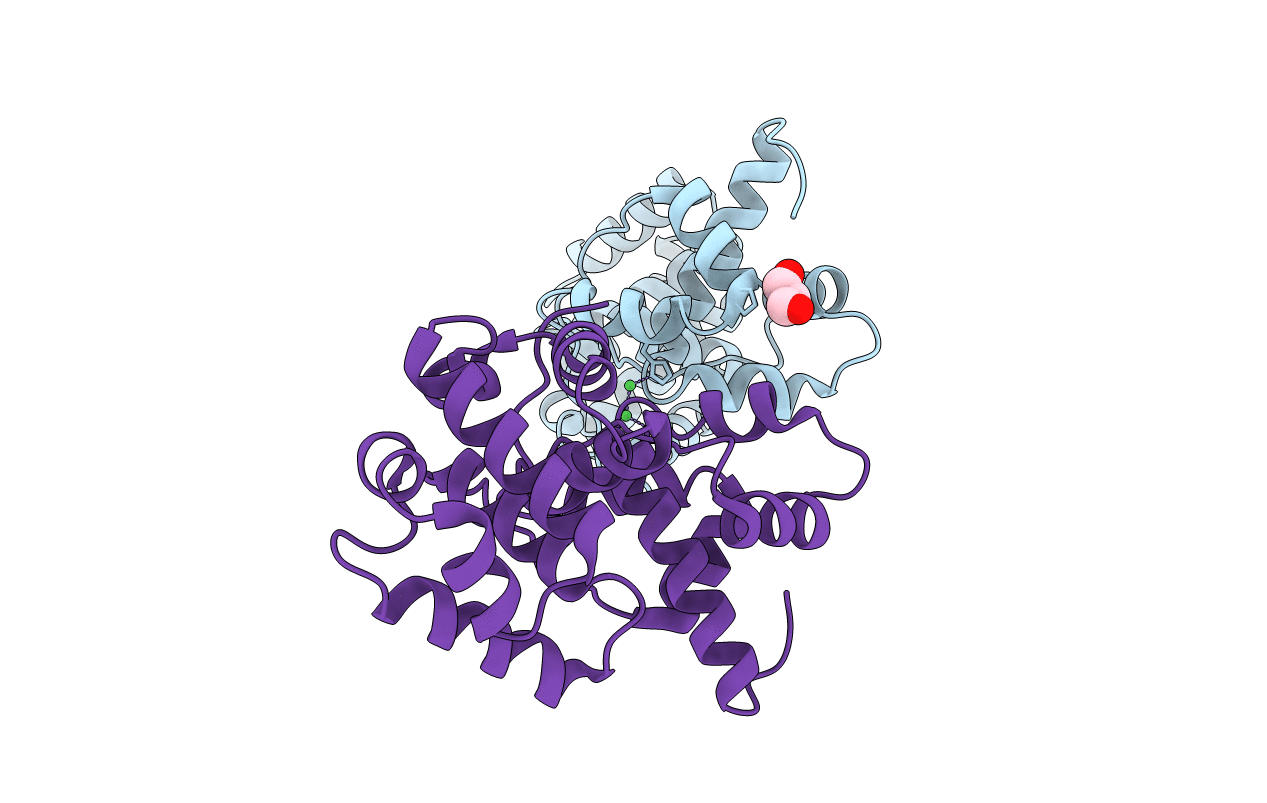
Deposition Date
2011-04-11
Release Date
2011-04-20
Last Version Date
2023-12-20
Entry Detail
PDB ID:
2YG9
Keywords:
Title:
Structure of an unusual 3-Methyladenine DNA Glycosylase II (Alka) from Deinococcus radiodurans
Biological Source:
Source Organism:
Deinococcus radiodurans (Taxon ID: 1299)
Host Organism:
Method Details:
Experimental Method:
Resolution:
1.95 Å
R-Value Free:
0.23
R-Value Work:
0.17
R-Value Observed:
0.17
Space Group:
C 1 2 1


